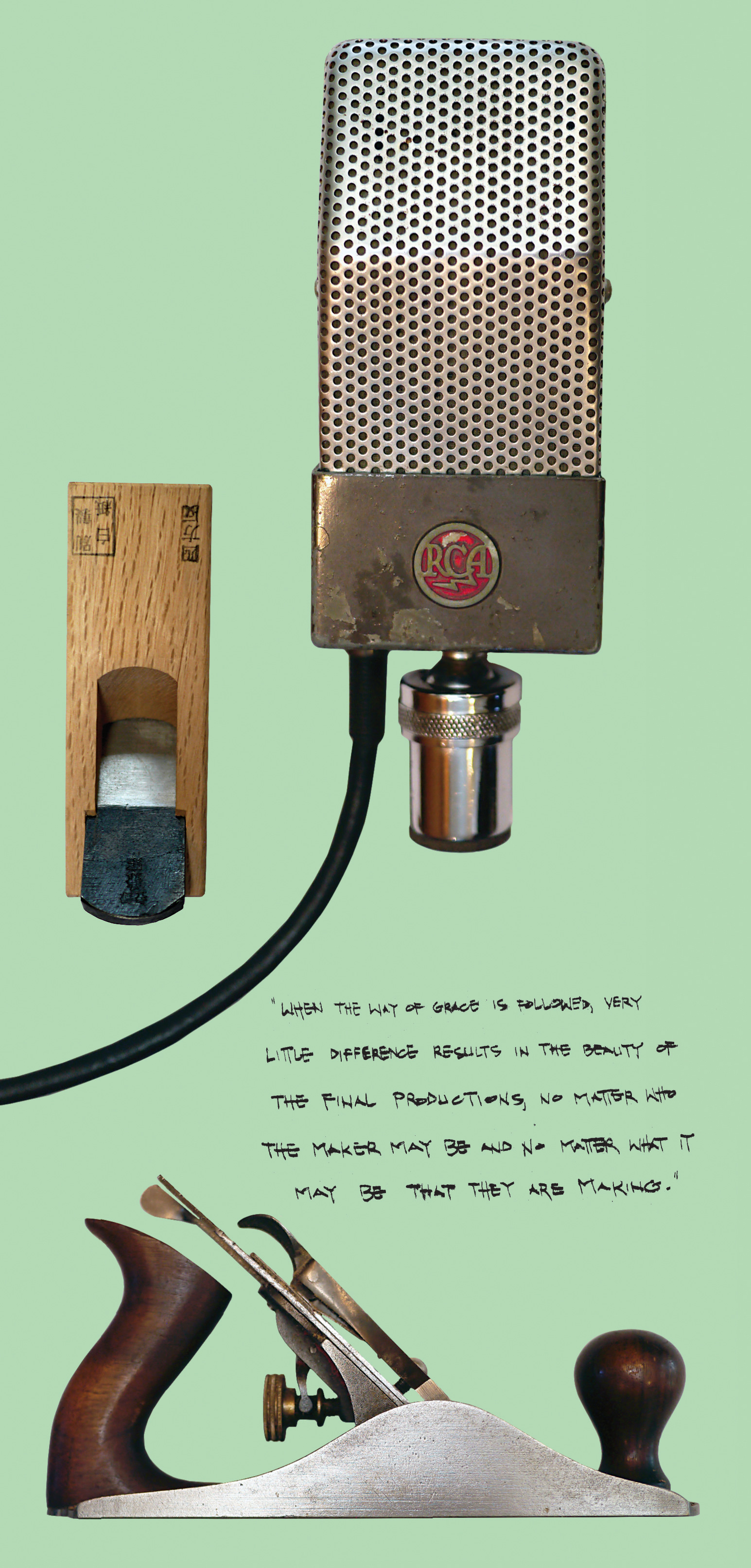In my mind, microphones are much like colors on a painter’s palette or a chef’s ingredients. Each one has its own specific flavor that can be useful and powerful in the proper context. Ribbon mics are generally known to exude a lot of character, and Cloud Microphones’ 44 Passive certainly possesses a unique personality reminiscent of the sounds from the early days of recording. Upon first inspection, I noticed the mic’s sleek black look and lightweight feel. The lightweight nature is attractive because it makes it much easier to place than other heavy ribbon mics. It comes in a soft velvet storage bag with a simple, easy-to-use mount that swivels between vertical and horizontal. Also included is the Cloudlifter CL-1 [Tape Op #85] Mic Activator (in midnight black finish to match the mic), which boosts the impedance, allowing the Cloud 44 Passive to behave like an active ribbon mic. Overall, the austere, all-black presentation is pretty cool looking, and I was excited to hear how it sounds.
Whenever I evaluate a microphone I have never heard, I like to put up another mic that is of the same species with which I am very familiar. The ribbon mic I use most frequently is a Coles 4038 [Tape Op #15], so I chose that for my comparison. I should note that the Cloud 44 Passive is going for a different sound. However, for my purposes, I wanted something I know well as a benchmark, and the 4038 fits that bill. I started by putting each mic into a vintage API 312 preamp and matching the gain to record an acoustic guitar. Without the Cloudlifter, the 44 Passive is a few dB lower in gain than the Coles but has very low noise for a passive ribbon mic. On acoustic guitar, the 44 Passive sounded more open and midrange-y, while the Coles is quite bass-y and wooly. I could tell right away that these were very different mics and probably not all that comparable. The 44 Passive has a midrange-focused sound that gives off an “old-timey” vibe. Cloud calls it a “1930s-era ribbon sound,” and I could hear that immediately. Moving on to vocals, the 44 Passive had presence and cut through while the Coles sounded big, warm, yet less clear. At this point, I thought that these two mics could actually be a nice complement to one another. They do very different things in the spectrum of heavy-handed colorfulness. I also tested the 44 Passive on drums, percussion, and electric guitar. The mic can handle high SPLs with no problem. I can definitely say the 44 Passive has its own unique sound that allows sources to cut through a mix without becoming too large.
The Cloudlifter CL-1 Mic Activator is an excellent addition to the package that is handy when recording quieter sources. It utilizes a direct-coupled, Class A circuit to provide 25 dB of quiet, transparent gain, and can also be used with other low output mics. I found the CL-1 to be quite useful with the 44 Passive and also with my Shure SM7 when recording vocals. I could hear no noticeable coloration to the sound when using it with either microphone, and the noise floor was not compromised at all.
Overall, the Cloud 44 Passive has a distinctive sound that could be a nice complement to mic collections already endowed with classic ribbon microphones, or to engineers seeking an old-school 1930s vibe. Its throwback sound is a color that has the potential to be very useful in a wide variety of applications.




_disp_horizontal_bw.jpg)